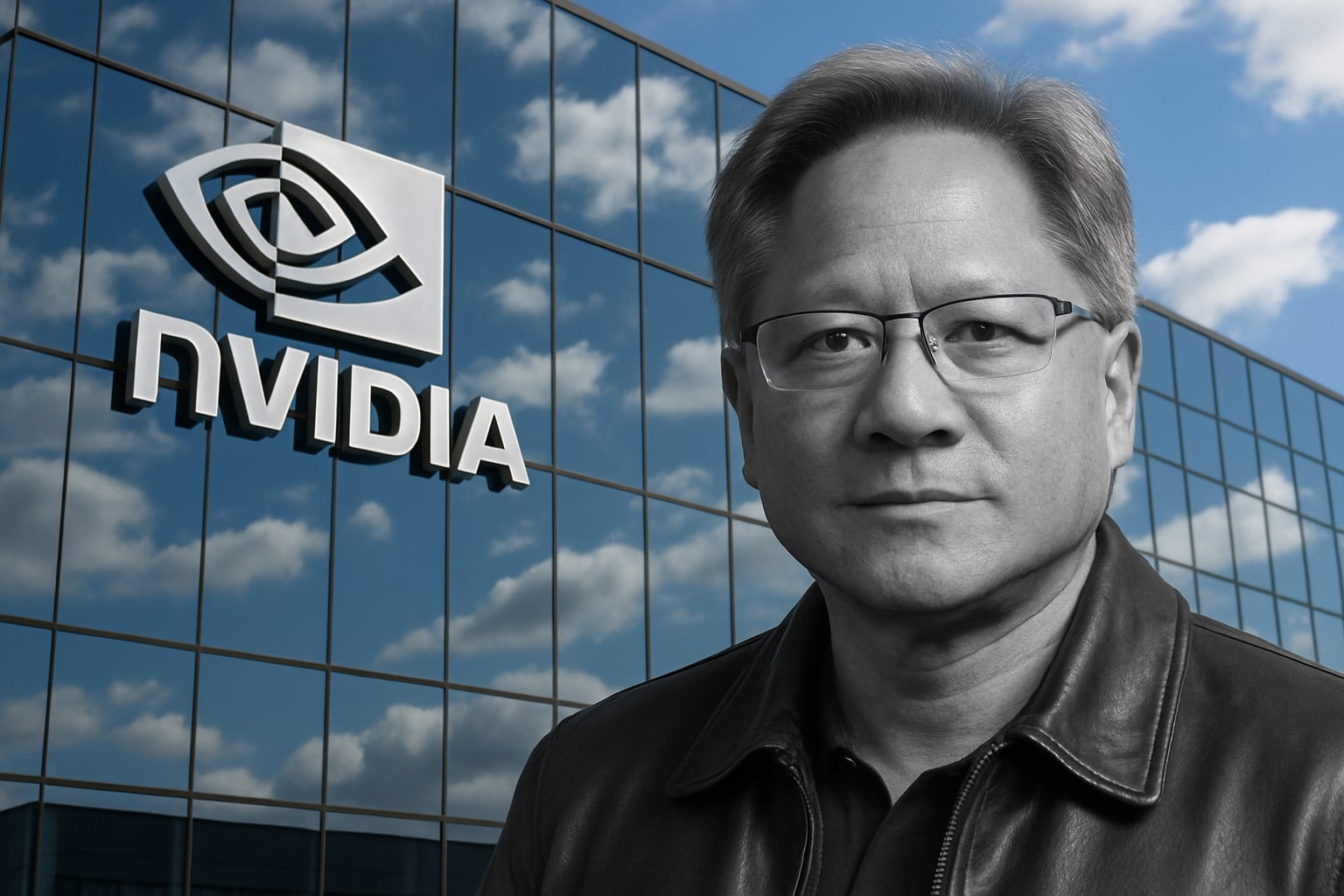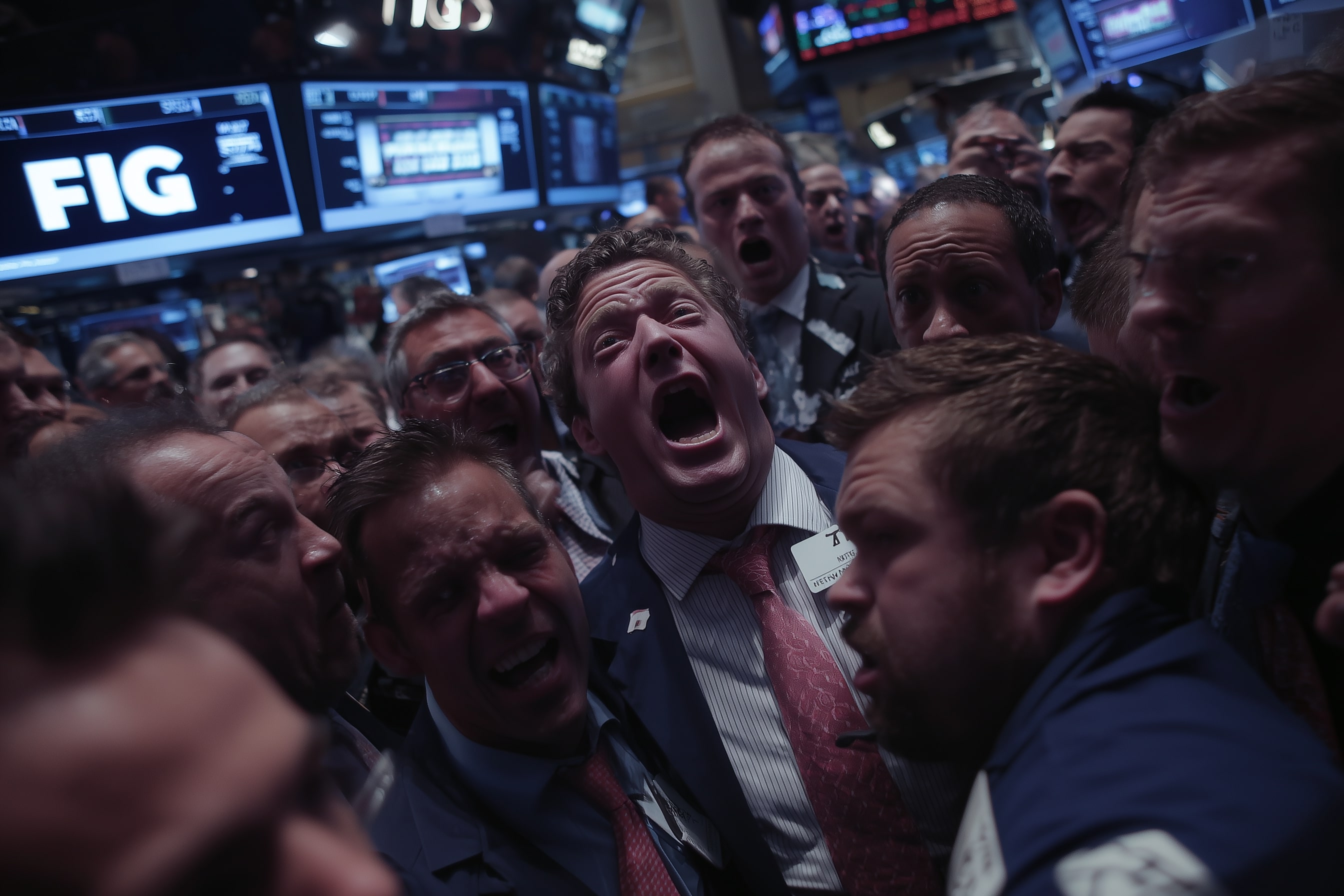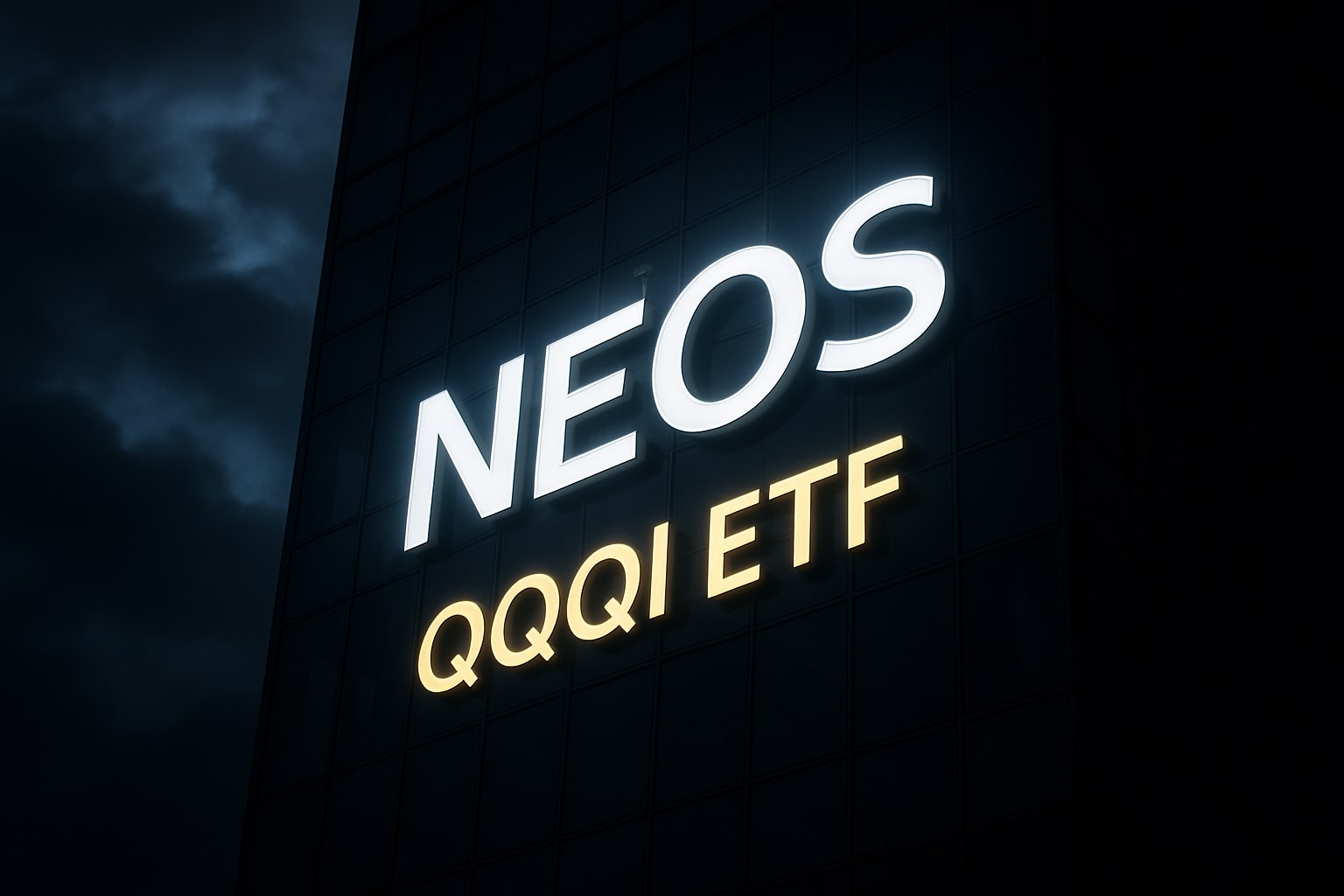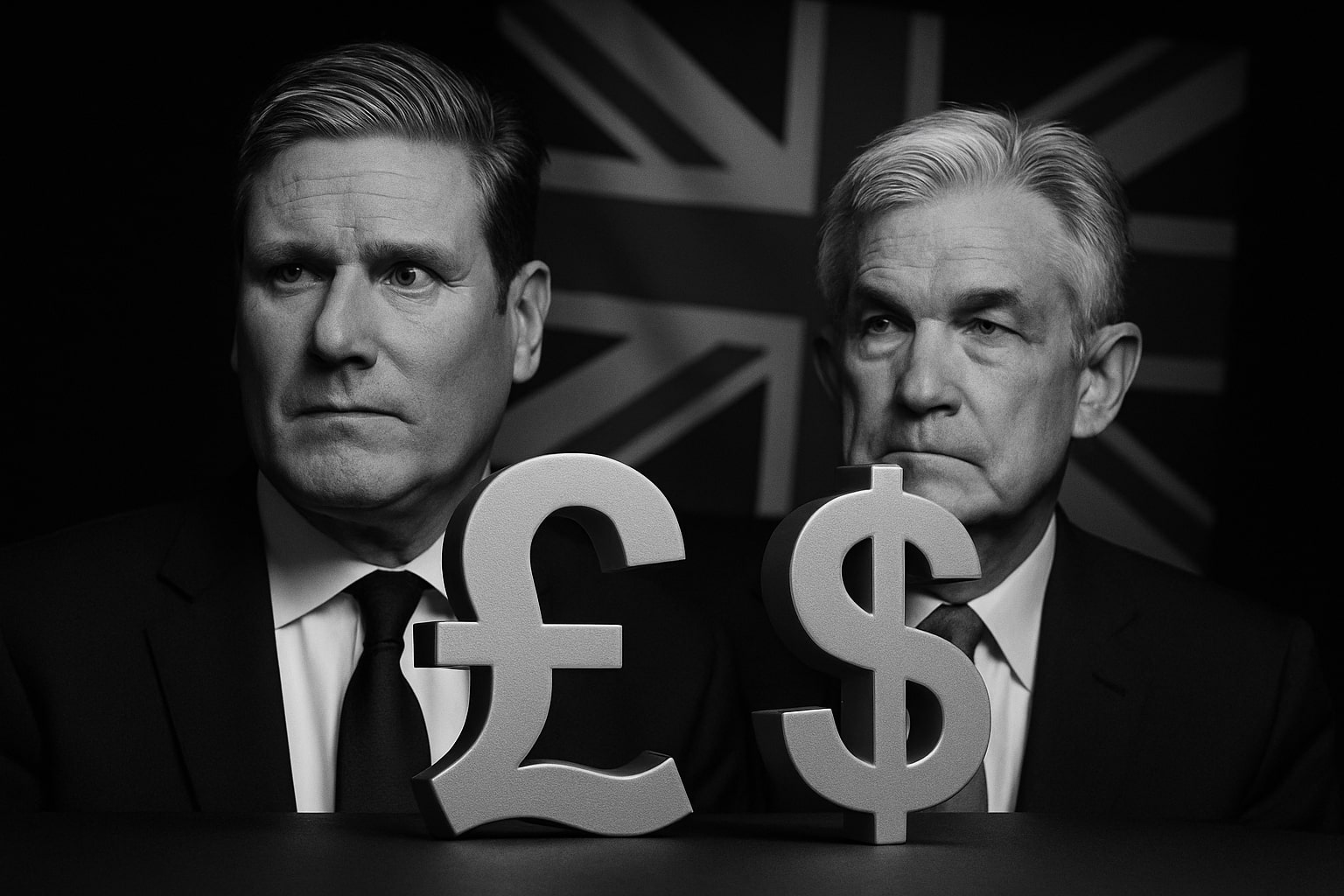
Tesla Stock Price Forecast - TSLA Shares Surges to $418 as AI, Robotaxis, and Energy Growth Redefine Its Future
Musk’s $1T performance plan, rapid AI chip expansion, and a 59% rise in energy storage shipments strengthen Tesla’s leadership in autonomous and energy technology | That's TradingNEWS
Tesla’s Reinvention: From EV Pioneer To AI Powerhouse NASDAQ:TSLA Enters Its Next Industrial Phase
View Real-Time Chart
Tesla Inc. (NASDAQ:TSLA) trades near $418.02, commanding a $1.31 trillion market cap and a P/E ratio of 279.5, symbolizing both innovation premium and valuation tension. The company has evolved far beyond its EV roots, merging artificial intelligence, robotics, and energy storage into a vertically integrated ecosystem that continues to redefine modern industry.
Automotive Core Still Dominant But Margins Compress Under Tariff Pressure
Tesla’s automotive division contributes 72% of total revenue, but growth momentum has slowed. Q3 2025 vehicle revenue increased just 5.9% year-over-year, while cumulative nine-month data shows a 9.5% contraction caused by price cuts and trade tariffs. Tesla produced 447,450 vehicles and delivered 497,099, demonstrating that demand continues to exceed supply even as global logistics tighten.
Annual production capacity now stands at 2.475 million units, with minimal inventory buildup valued at $12.27 billion. Automotive gross margin has declined to 16%, down from 22% in 2023, driven by a $400 million tariff hit spread across vehicle and energy operations. Despite compression, Tesla maintains superior operating efficiency compared to Ford and GM, both facing over $3 billion in tariff-related costs.
Energy Storage Emerges As Tesla’s Hidden Profit Engine
Tesla’s energy generation and storage business now accounts for 12.1% of total revenue, expanding 27.1% year-to-date and rapidly becoming the company’s most scalable segment. Shipments reached 32.5 GWh across the first three quarters of 2025, up 59% YoY, generating $8.9 billion in sales. Annual output is on track for 50 GWh, which could generate $27–30 billion by 2027.
The Shanghai Megapack facility will significantly boost global capacity next year. Average per-kWh prices have collapsed from $3,000 in 2017 to under $300, but Tesla’s vertical integration has expanded margins regardless of pricing compression. Musk’s stated goal of 100 GWh annually by 2028 is achievable given the 59% shipment increase over 12 months. Tesla’s battery and grid technology are becoming the backbone of renewable power infrastructure and AI-driven energy storage, supplying data centers across the U.S., Europe, and China.
Robotaxis Transforming Tesla Into A Mobility Platform
Tesla’s robotaxi fleet is no longer conceptual—it is operational in Austin and the Bay Area, with expansion to 8–10 metro regions by late 2026. Each vehicle generates roughly $67,000 in net profit in the first year and up to $94,000 by the fifth year. These margins rely on a 52,000-mile annual utilization rate and a 5% annual fare increase.
The upcoming Cybercab, purpose-built for autonomous deployment, will begin mass production in Q2 2026 at a manufacturing cost of $40,000–$45,000 per unit, a fraction of the $200,000 cost of Alphabet’s Waymo models. With the robotaxi market projected to exceed $118 billion by 2031, even a 5% share implies potential revenues above $5.9 billion annually.
Musk’s $1 trillion pay package, tied to the target of 1 million robotaxis, reinforces how central this business is to Tesla’s decade-long roadmap. By 2030, robotaxis could contribute half of Tesla’s revenue if deployment accelerates at its current rate.
AI Chip Division Positions Tesla As A Core Hardware Competitor
Elon Musk’s November disclosure confirmed Tesla’s deep integration in semiconductor design. The company has already deployed several million proprietary AI chips across its vehicle fleet and training clusters. The AI4 architecture now transitions to AI5, with AI6 in development. Tesla’s roadmap targets one new chip generation every 12 months, aiming to scale beyond NVIDIA and AMD in production volume.
These chips underpin Tesla’s Full Self-Driving (FSD) Version 14.1.7, robotics (Optimus), and energy management systems. By internalizing AI chip design, Tesla controls performance, cost, and deployment cadence. Musk’s stated objective of outproducing all other AI chips combined underscores Tesla’s transformation from carmaker to global AI manufacturer.
The Musk Premium Redefines Market Psychology Around NASDAQ:TSLA
Roughly half of Tesla’s $1.3 trillion valuation—about $500 billion—is attributed to what markets call the “Musk premium.” Investors view Musk not just as CEO but as a brand ecosystem, linking Tesla’s future to his leadership narrative. Traditional discounted cash flow models cap Tesla’s fundamental value near $250 billion, yet the market consistently prices belief in innovation over arithmetic.
Musk’s personal stake above 13% and approval of a $1 trillion incentive package show alignment with long-term shareholders. Institutional ownership remains stable at 63.8%, while daily volume averages 86 million shares, ensuring deep liquidity and constant market attention
Read More
-
Nvidia Stock Price Forecast - NVDA Shares Slumps to $175.84 as Meta–Google TPU Pact Sparks $150B AI Selloff
25.11.2025 · TradingNEWS ArchiveStocks
-
XRP Price Forecast - XRP-USD Breaks Above $2.20 as Analysts Puts $8 Target
25.11.2025 · TradingNEWS ArchiveCrypto
-
Oil Price Forecast - Oil Prices Crash as Ukraine Peace Deal and Supply Surge Ignite Global Oil Selloff
25.11.2025 · TradingNEWS ArchiveCommodities
-
Stock Market Today: Alphabet Nears $4 Trillion as NVDA Stock Tumbles 4.6% and Dow Outperforms Nasdaq
25.11.2025 · TradingNEWS ArchiveMarkets
-
GBP/USD Price Forecast - Pound (Cable) Steadies at 1.3118 as Markets Await UK Budget
25.11.2025 · TradingNEWS ArchiveForex
Valuation Context And Technical Structure
At $418 per share, Tesla trades at roughly 14x sales and 45x forward EBITDA, significantly higher than legacy automakers’ 0.8x average. FY2025 revenue is projected at $111 billion, with net income near $9 billion, as energy and software offset lower automotive margins. Free cash flow totals $6.5 billion TTM, supported by disciplined CapEx and operating leverage.
Technically, the stock has rebounded 6% week-to-date, with support near $405 and resistance around $435–$447. The RSI at 61 signals balanced momentum. A breakout above $447 could target $480–$520, while any dip toward $400 remains a potential accumulation zone.
Tesla’s Long-Term Vision AI Energy And Robotics Integration
Tesla’s future lies in integration—AI, robotics, and energy synchronized into one industrial network. The AI5 chip, Cybercab launch, and Megapack expansion all intersect to create a self-sustaining ecosystem. Vehicles generate data that trains AI; AI drives energy storage optimization; robotics enhance production efficiency.
This convergence makes Tesla the first vertically integrated industrial AI enterprise on the planet—producing hardware, software, and power simultaneously.
Verdict Buy Rating On NASDAQ:TSLA
Rating: Buy (Long-Term)
Target Price Range: $480–$520 within 12–18 months
Catalysts: AI chip deployment, robotaxi scaling, FSD adoption, and energy storage expansion beyond 50 GWh.
Risks: Tariff exposure, AI chip delays, and overdependence on Musk’s public narrative.
Tesla’s hybrid identity—equal parts manufacturer, software firm, and AI platform—makes it the only true industrial-tech convergence story of this decade. Its valuation defies conventional models but reflects the scale of its transformation. For investors positioned in innovation rather than tradition, NASDAQ:TSLA remains a Buy.


















